“Learn the key differences between branding vs. marketing to boost your business strategy effectively.”
Understanding the differences between branding and marketing is crucial when building a successful business. Many entrepreneurs confuse the two, but they serve distinct purposes in driving growth and establishing a strong presence. In this blog, we’ll explore 25 key differences between branding and marketing, explain why both are essential and provide actionable tips for implementing them effectively.
Branding vs. Marketing #1. Purpose: Building Identity vs. Driving Awareness
- Branding: Branding establishes your business identity—what your company stands for, its mission, and how it wants to be perceived. It’s the emotional anchor that connects you with your customers.
- Example:
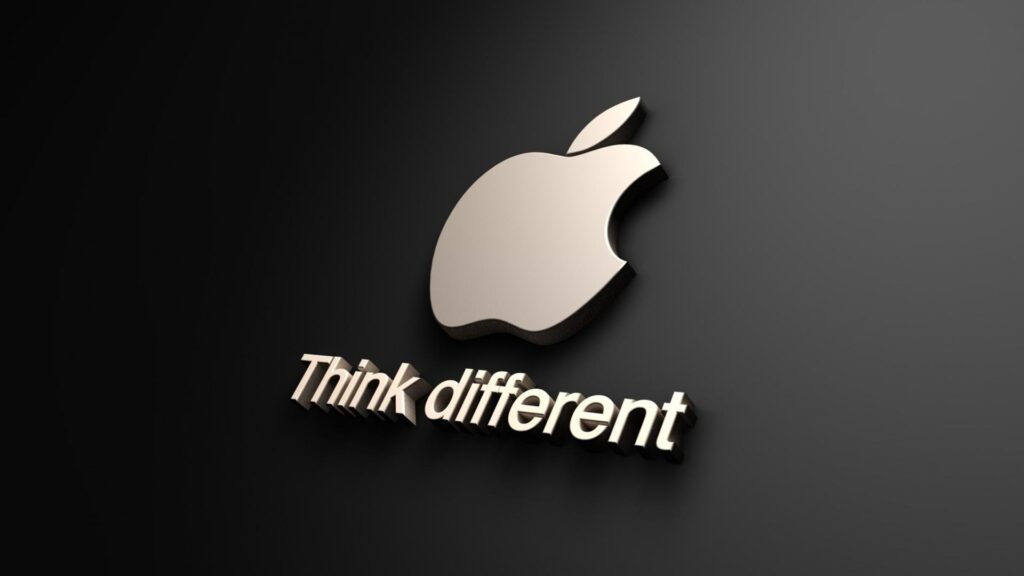
Apple embodies innovation and premium quality through its brand identity.
Tip: Start by defining your mission statement and core values. Align all branding materials with these principles, including your website and social media.
- Marketing: Marketing focuses on generating awareness and driving action by promoting your products or services to a specific audience.
- Example:
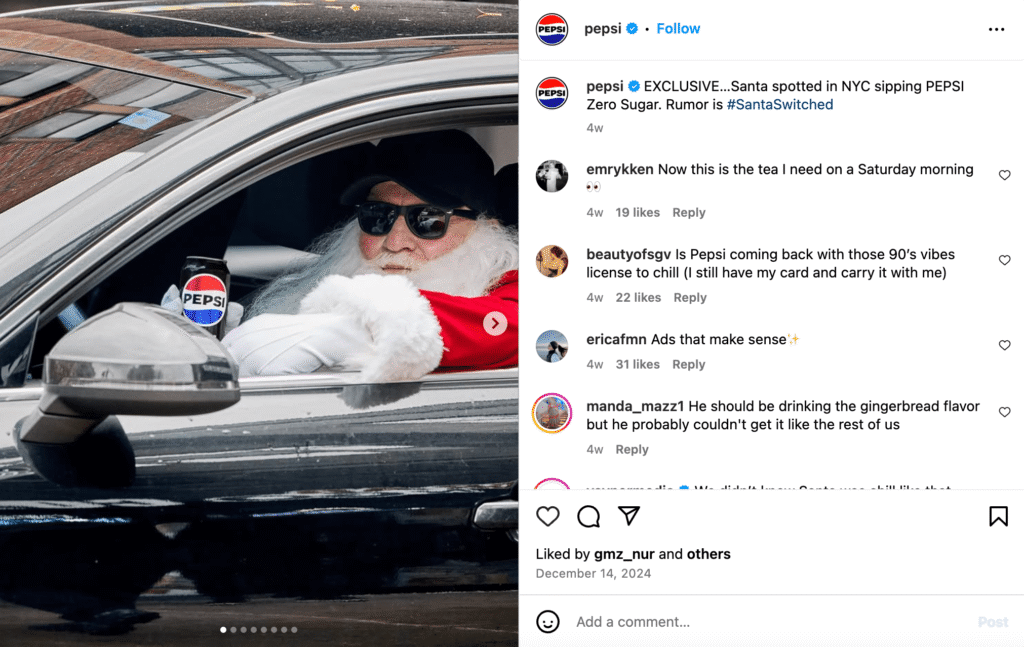
Pepsi’s seasonal marketing campaigns aim to drive awareness of new editions.
Tip: Use platforms like Wishpond to create high-converting marketing campaigns tailored to your audience.
Branding vs. Marketing #2. Longevity: Timeless vs. Campaign-Based
- Branding: Branding is a long-term investment. A strong brand creates loyalty and recognition over decades, even without constant promotion.
- Example:

Nike’s “Just Do It” slogan is a timeless representation of its brand.
Tip: Avoid trends that might feel outdated in a few years. Focus on creating timeless visual assets like a logo and slogan.
- Marketing: Marketing is time-sensitive and campaign-focused. It’s designed to achieve specific goals, such as launching a new product or increasing sales during a holiday season.
- Example:
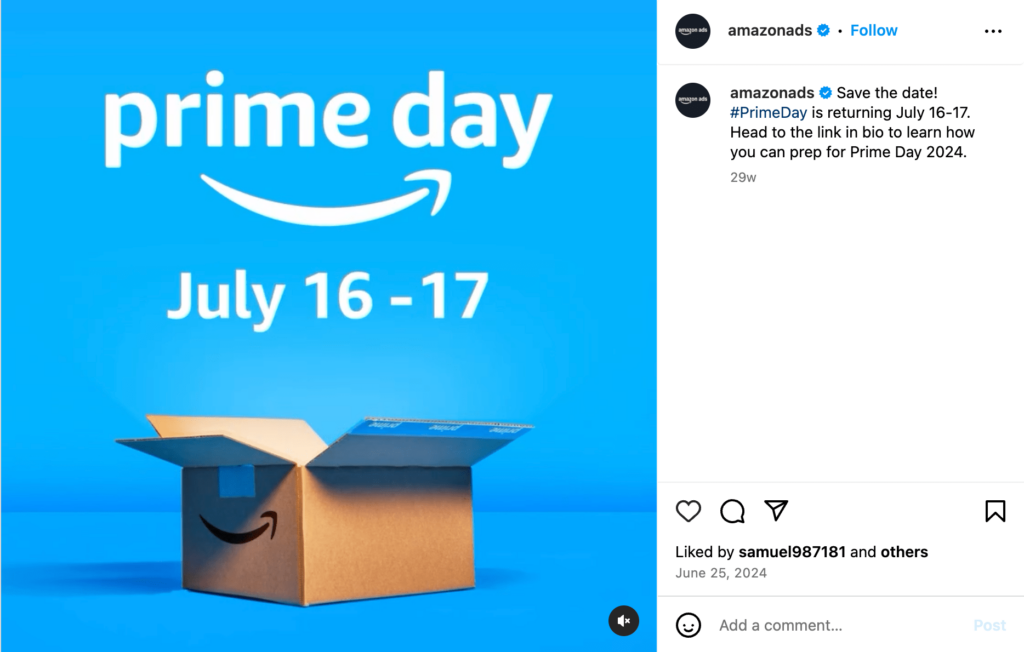
Amazon’s Prime Day campaigns create urgency to increase sales in a short timeframe.
Tip: Run limited-time promotions using tools like Wishpond, which allow you to automate and analyze results for maximum efficiency.
Branding vs. Marketing #3. Emotional Connection vs. Transactional Impact
- Branding: Branding is about forming an emotional connection with your audience. It builds trust and loyalty over time.
- Example:
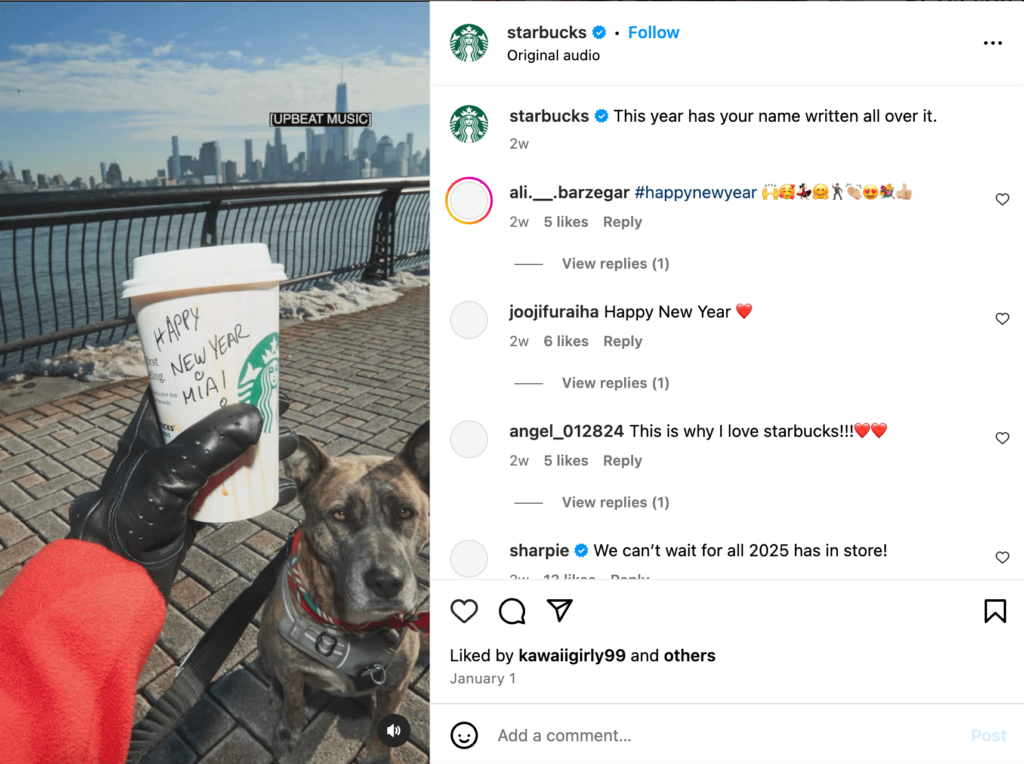
Starbucks creates emotional bonds with customers by personalizing coffee cups with their names.
Tip: Use storytelling to humanize your brand. Share customer success stories or your company’s journey.
- Marketing: Marketing focuses on delivering a clear, actionable message to persuade customers to act.
- Example:

Flash sales or discounts encourage immediate purchases.
Tip: Use transactional language like “Shop Now” or “Limited Offer” in your marketing campaigns to prompt quick action.
Branding vs. Marketing #4. Ownership: Internal Values vs. Audience Influence
- Branding: The company owns branding. It reflects how you want to be perceived and the values you represent.
- Example:
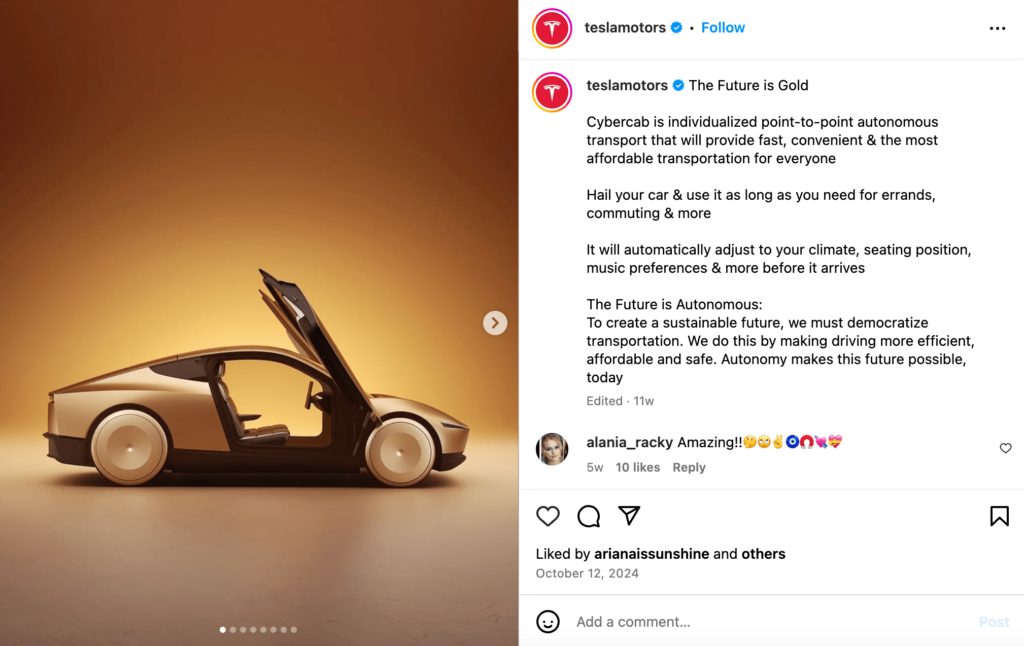
Tesla’s branding revolves around sustainability and innovation.
Tip: Involve your team in defining your brand values to ensure everyone represents them consistently.
- Marketing: Marketing is shaped by how the audience responds to your campaigns. Feedback, engagement, and conversions reflect its success.
- Example:
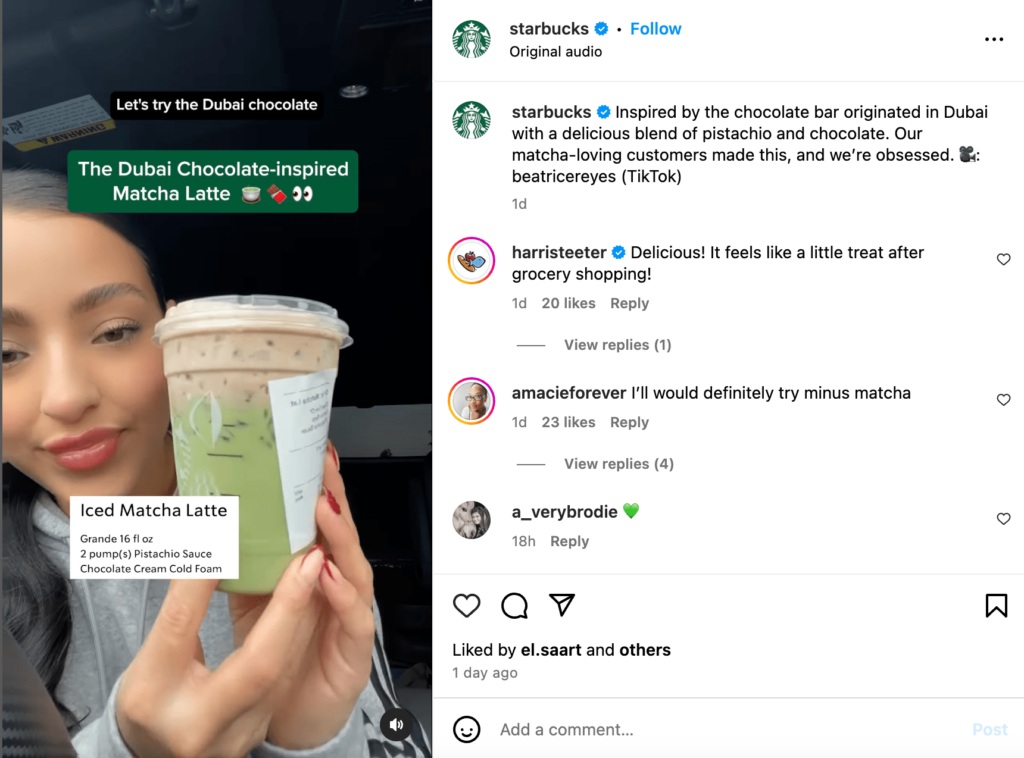
Viral social media campaigns show the impact of audience interaction.
Tip: Track audience engagement metrics using Wishpond to refine your marketing strategy.
Branding vs. Marketing #5. Focus: Personality vs. Products
- Branding: Branding showcases your business personality, values, and identity.
- Example:

Patagonia emphasizes environmental responsibility in all its branding efforts.
Tip: Create a style guide to ensure consistent messaging across all platforms.
- Marketing: Marketing highlights specific products, services, or offers.
- Example:

Ads for a new line of eco-friendly jackets by Patagonia focus on product features.
Tip: Use Wishpond to design personalized landing pages for individual campaigns.
Branding vs. Marketing #6. Strategy: Foundational vs. Tactical
- Branding: Branding is the foundation for all business communication. It influences everything from tone to visuals.
- Example:
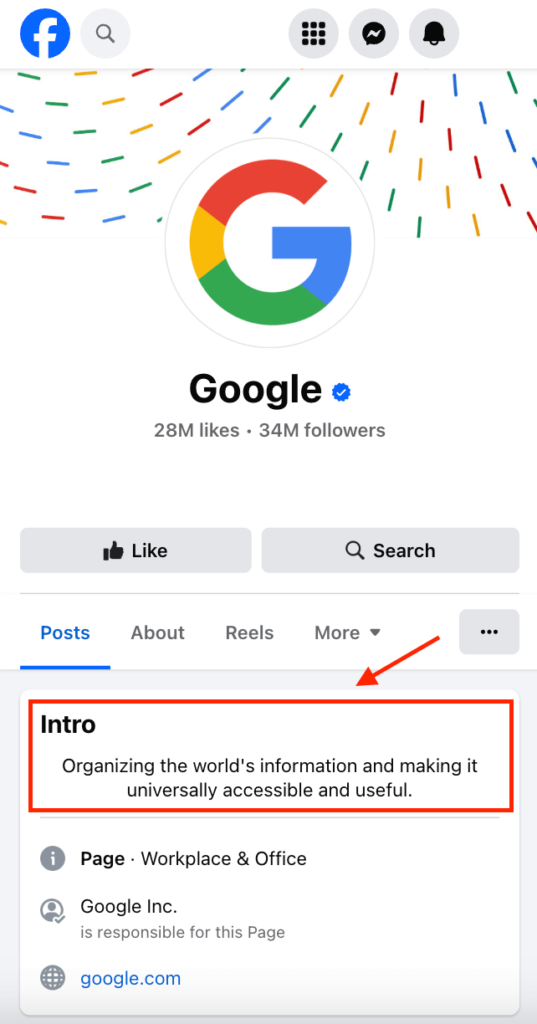
Google’s clean and innovative branding reflects its mission to organize the world’s information.
Tip: Audit your brand to ensure consistency in your logo, website, and social media profiles.
- Marketing: Marketing implements tactical campaigns to achieve measurable goals.
- Example:
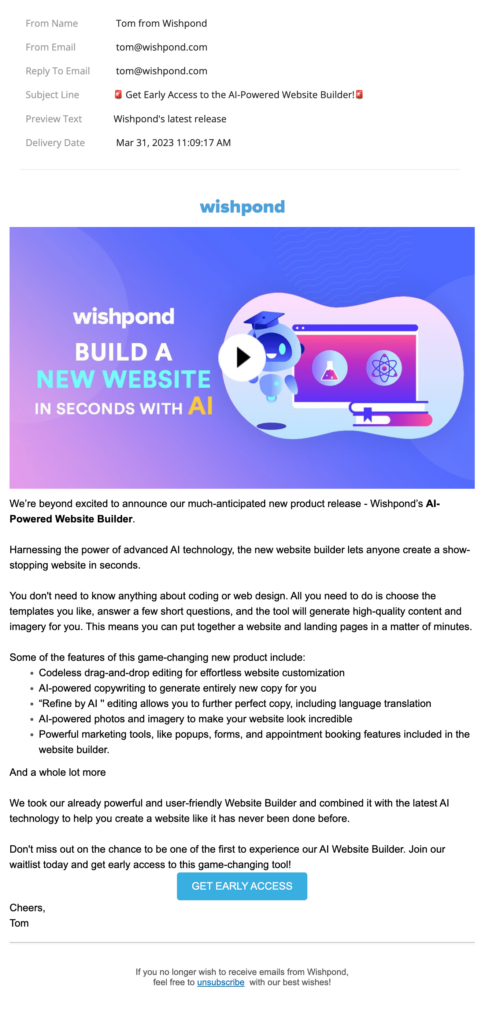
Wishpond’s email campaign promoting a new feature release.
Tip: Automate email marketing workflows with Wishpond to save time and ensure consistent outreach.
Branding vs. Marketing #7. Metrics: Perception vs. Performance
- Branding: Branding success is measured by customer loyalty, trust, and recognition rather than immediate numbers.
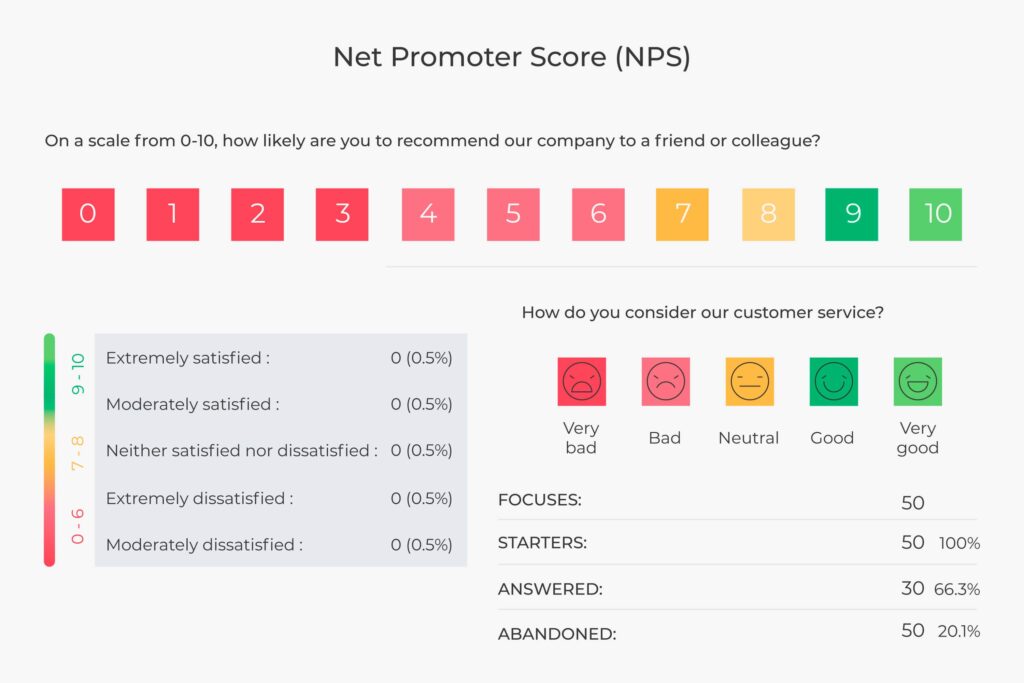
Brand recall surveys and Net Promoter Scores (NPS) measure customer sentiment.
Tip: Use surveys to gauge how customers perceive your brand and identify areas for improvement.
- Marketing: Marketing success is evaluated by tangible metrics like ROI, click-through rates, and conversions.
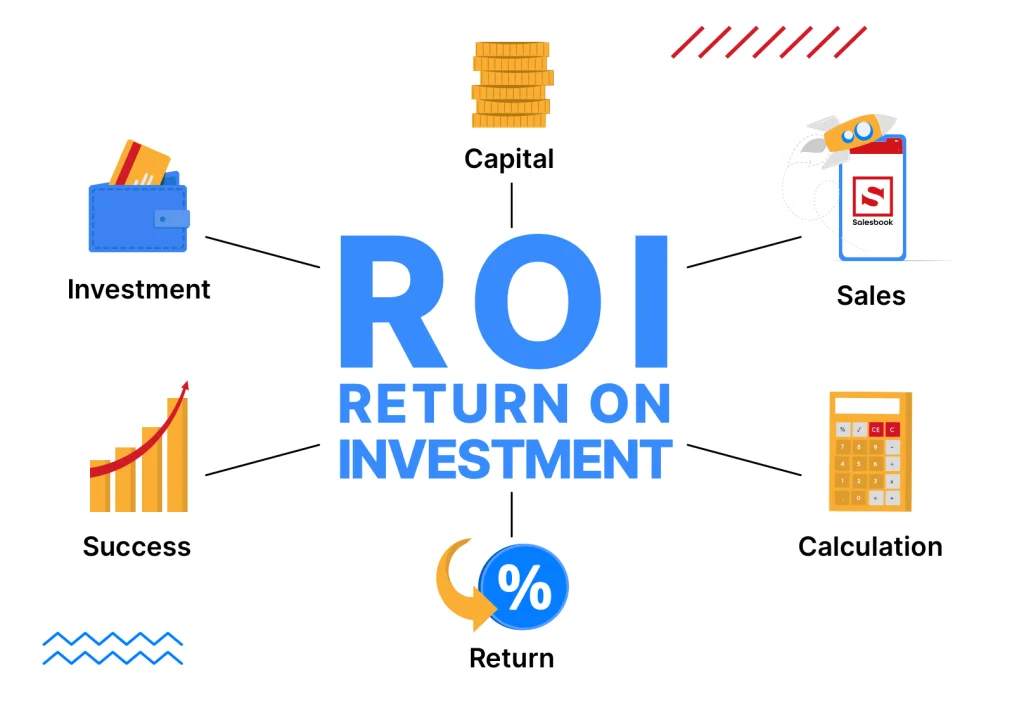
For example: a 20% increase in sales from a social media ad campaign shows strong marketing results.
Tip: Track campaign performance using Wishpond’s analytics tools to optimize for better results.
Branding vs. Marketing #8. Identity vs. Visibility
- Branding: Branding shapes your business identity, ensuring your audience recognizes and remembers you.
- Example:
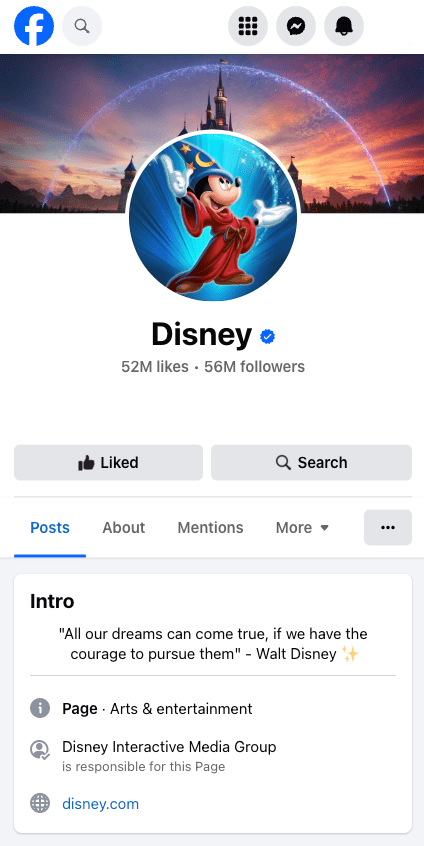
Disney’s brand identity is built around magic and family-friendly entertainment.
Tip: Consistently reinforce your brand promise in every customer interaction.
- Marketing: Marketing focuses on gaining visibility for your products or services.

Tip: Combine SEO strategies and paid advertising to maximize reach.
Branding vs. Marketing #9. Cost: Investment vs. Expense
- Branding: Branding is a one-time investment that pays off over the long run through customer loyalty and recognition.
- Example:
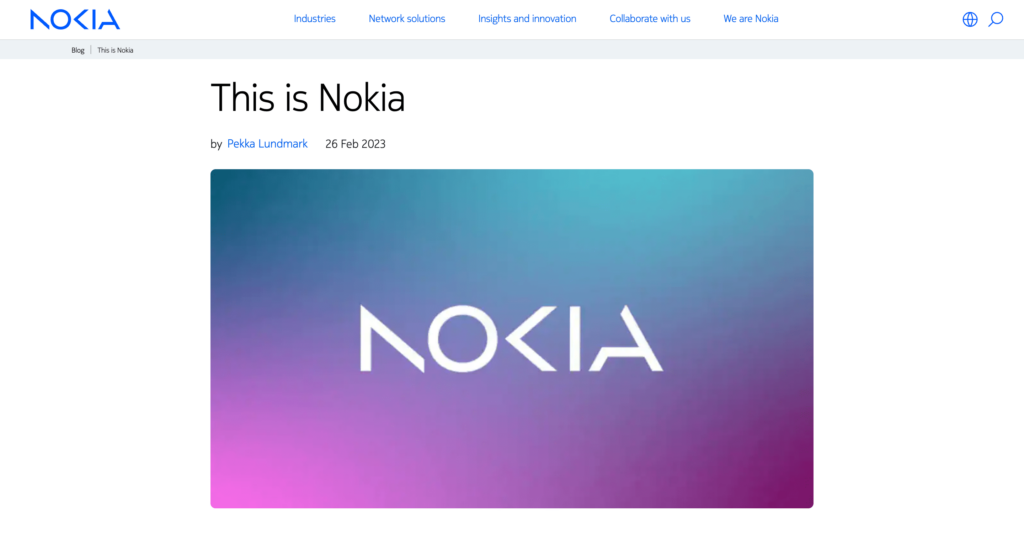
Investing in a professional logo design or a brand video.
Tip: Prioritize quality over quantity when investing in branding assets.
- Marketing: Marketing is a recurring expense to achieve specific goals within a set timeframe.
- Example:
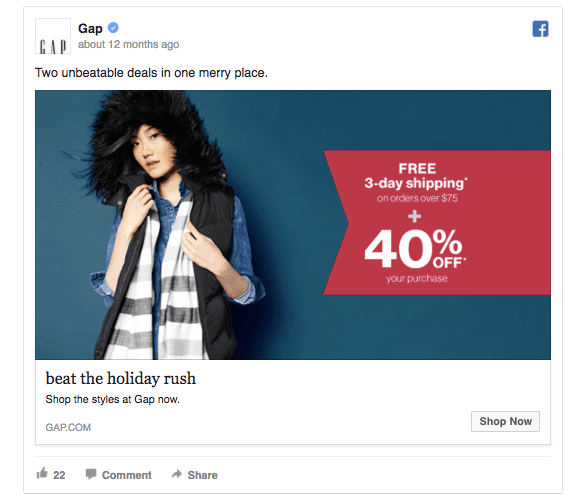
Monthly spending on Facebook ads to promote seasonal sales.
Tip: Set a clear marketing budget and use platforms like Wishpond for cost-efficient campaigns.
Branding vs. Marketing #10. Communication Style: Consistent vs. Adaptable
- Branding: Branding maintains a consistent voice and tone that reflects your business’s values and personality. This consistency ensures that your audience always knows what to expect.
- Example:
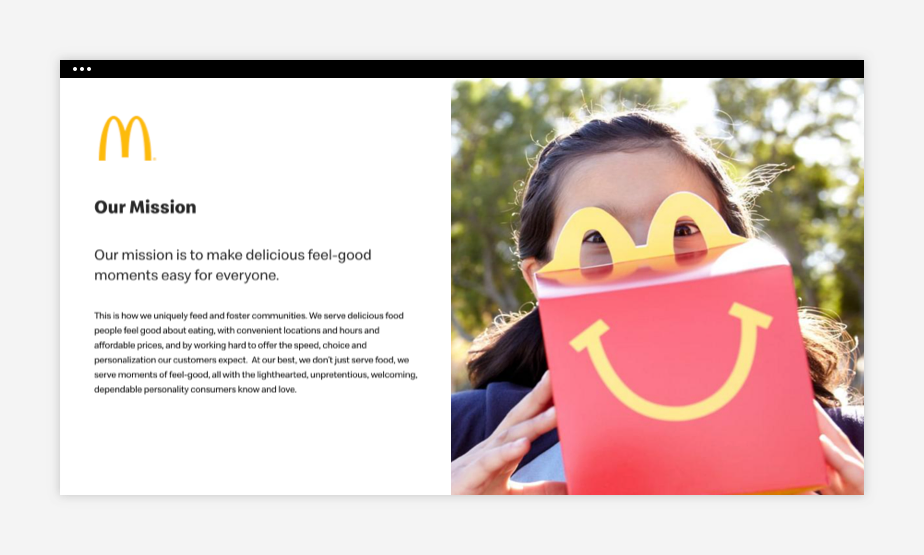
McDonald’s communicates its brand with a cheerful and family-friendly tone across all channels.
Tip: Create a brand voice guideline to standardize how your team communicates with customers, whether through email, social media, or in person.
- Marketing: Marketing adapts its communication style to fit different audiences, platforms, or campaign goals. It’s more flexible to meet immediate needs.
- Example:
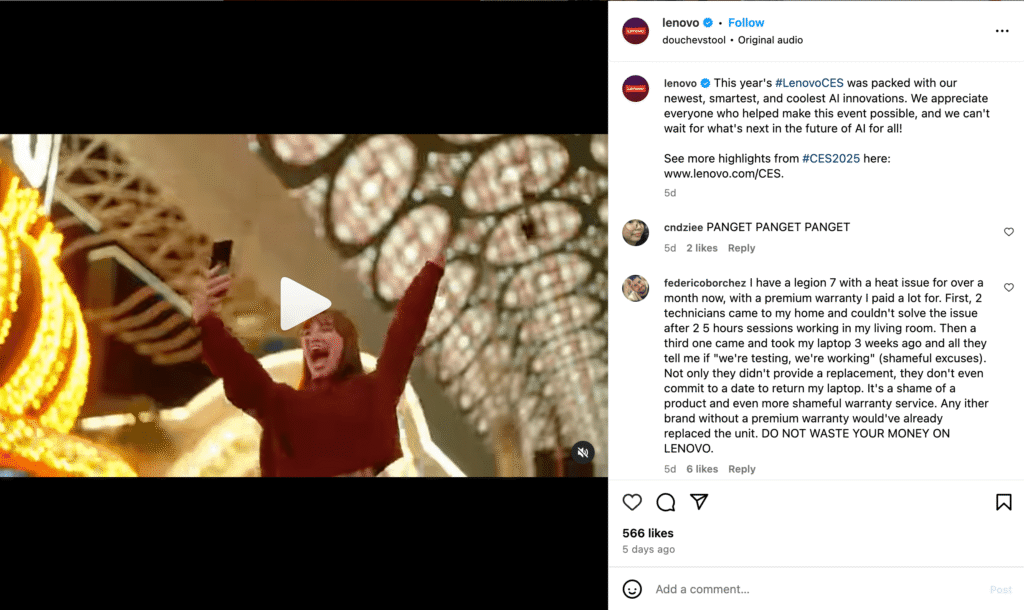
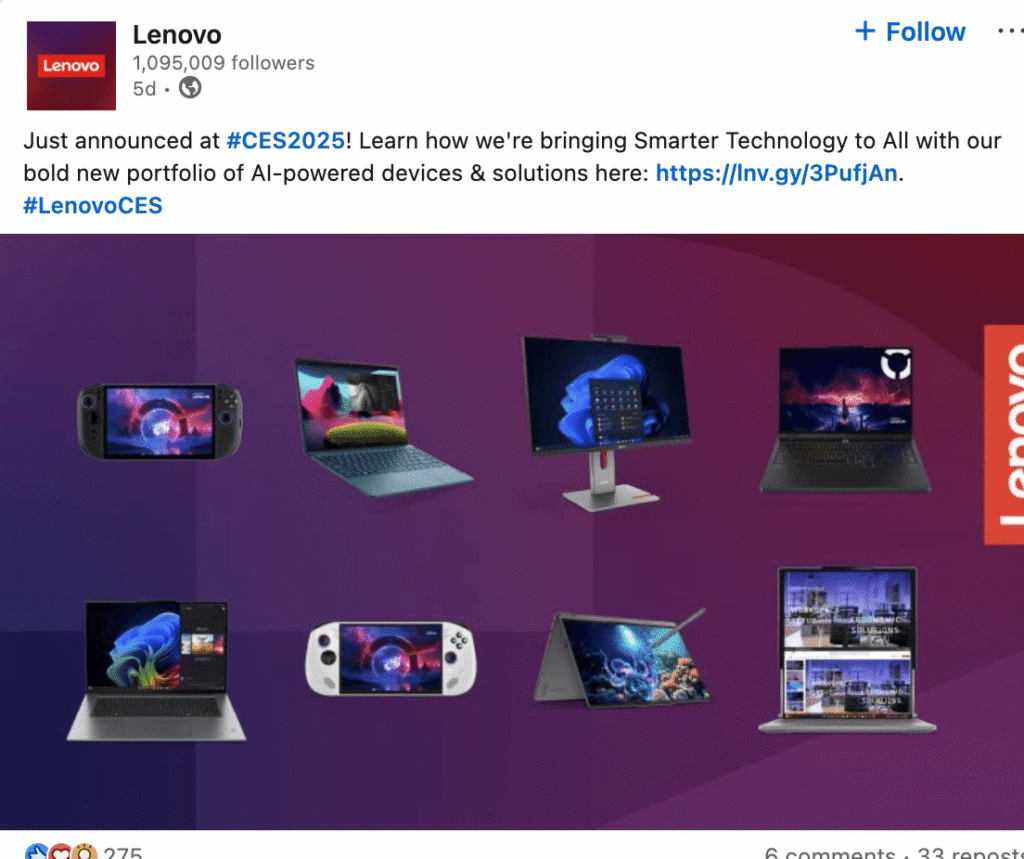
A youthful tone on Instagram and a professional tone on LinkedIn for the same product campaign.
Tip: Use audience segmentation to craft marketing messages that resonate with specific groups. Tools like Wishpond can help you manage and target segments effectively.
Branding vs. Marketing #11. Foundation vs. Execution
- Branding: Branding lays the foundation for all business activities, guiding decisions and strategies. It’s about the “why” of your business.
- Example:

Airbnb’s branding revolves around “belonging anywhere,” influencing its platform design, campaigns, and customer interactions.
Tip: Ensure marketing campaigns align with your brand’s purpose and values before launching marketing campaigns.
- Marketing: Marketing is executing strategies to achieve specific business goals, such as increasing revenue or building a customer base.
- Example:

An email campaign promoting a referral program.
Tip: Use Wishpond’s campaign tools to streamline your marketing efforts and align them with your brand’s foundation.
Branding vs. Marketing #12. Target Audience: Broad vs. Specific
- Branding: Branding targets a broad audience by establishing a universal identity that appeals to diverse groups.
- Example:
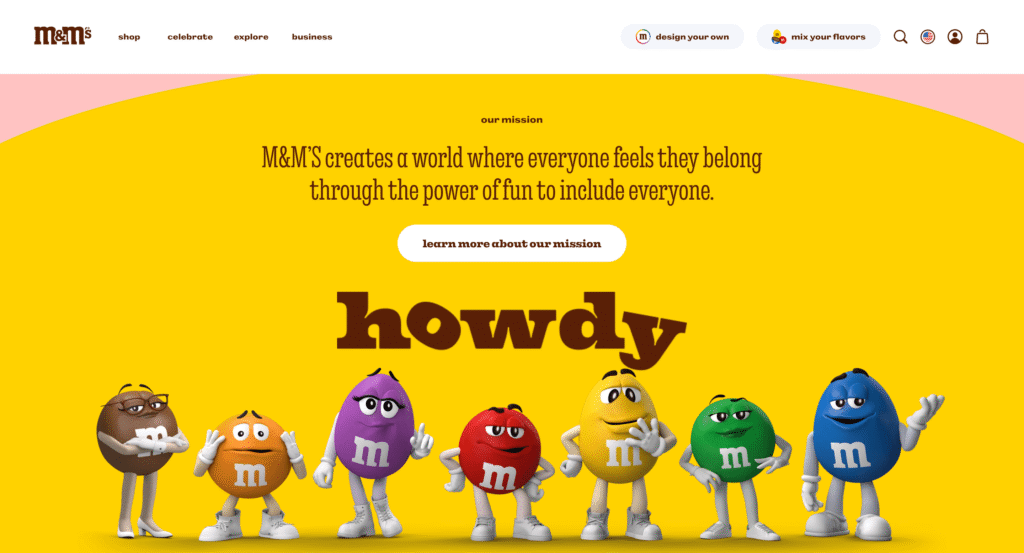
m&m’s branding appeals to people of all ages by associating its product with happiness and togetherness.
Tip: Focus on emotional values that resonate with the broadest possible audience.
- Marketing: Targeting specific audience segments based on campaign goals, such as demographics or purchasing behavior.
- Example:
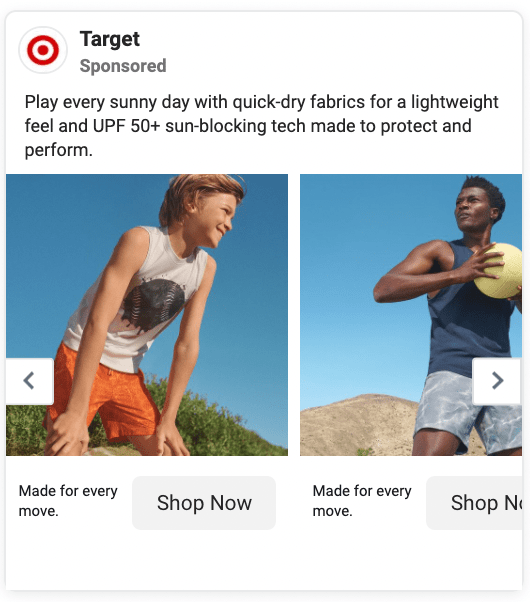
A Facebook ad campaign targeting millennials interested in fitness gear.
Tip: Use analytics tools to identify and target your most engaged audience segments.
Branding vs. Marketing #13. Impact on Customer Perception vs. Customer Action
- Branding: Branding influences how customers perceive your business, creating trust and loyalty over time.
- Example:

Patagonia’s branding as an environmentally conscious company attracts eco-conscious consumers.
Tip: Regularly engage in activities that reinforce your brand image, like hosting community events or supporting causes.
- Marketing: Marketing drives customer action, encouraging them to purchase, subscribe, or engage.
- Example:
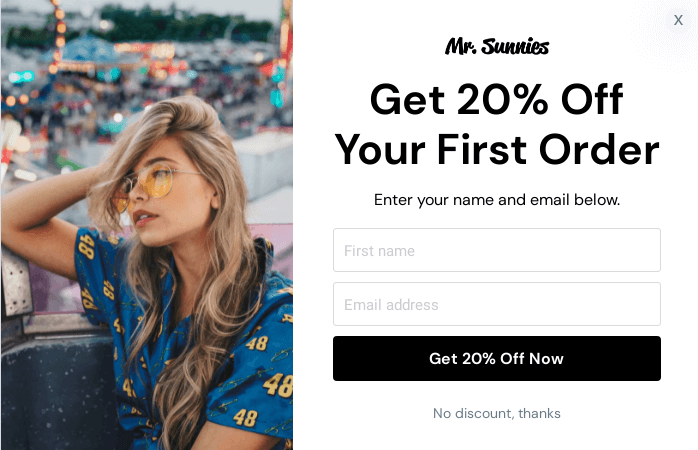
A pop-up ad offering a 20% discount for first-time buyers.
Tip: Combine compelling offers with user-friendly call-to-action buttons for higher engagement rates.
Branding vs. Marketing #14. Ownership of Brand Narrative
- Branding: Branding gives you the power of the narrative, allowing you to tell your story how you want it to be heard.
- Example:
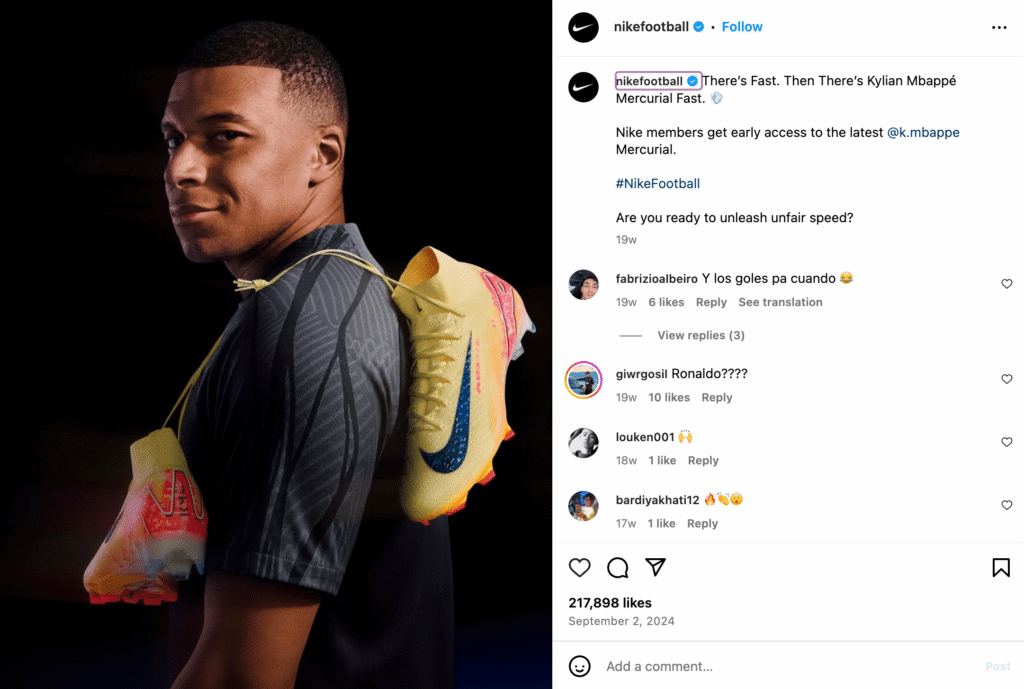
Nike’s narrative of empowering athletes is reflected in its advertisements, endorsements, and product design.
Tip: Weave a compelling brand story into every customer touchpoint.
- Marketing: Marketing amplifies the brand narrative but often evolves based on audience feedback and trends.
- Example:

Adidas uses social media campaigns to highlight customer success stories that align with its brand narrative.
Tip: Encourage user-generated content to strengthen your marketing impact while staying true to your brand.
Branding vs. Marketing #15. Tools Used: Visuals vs. Campaign Assets
- Branding: Branding relies heavily on visual and emotional tools, such as logos, taglines, and consistent color schemes.
- Example:

The golden arches of McDonald’s are recognized globally as a symbol of its brand.
Tip: Work with professional designers to create visually appealing and meaningful brand assets.
- Marketing: Marketing uses tools like landing pages, email campaigns, and social media ads to promote products.
- Example:

A Wishpond-built landing page promoting a contest.
Tip: Optimize your marketing tools for conversions by integrating A/B testing.
Branding vs. Marketing #16. Creation of Expectations vs. Delivery of Results
- Branding: Branding sets expectations for what customers can anticipate from your business.
- Example:

Ritz-Carlton’s branding promises luxury and impeccable service.
Tip: Ensure your brand promise aligns with customer experiences to build trust.
- Marketing: Marketing delivers results by meeting specific customer needs, often tied to short-term campaigns.
- Example:

A campaign offering “free shipping” for purchases above $50.
Tip: Align campaign messaging with customer expectations to avoid confusion or disappointment.
Branding vs. Marketing #17. Role in Building Loyalty
- Branding: Branding builds long-term customer loyalty by fostering emotional connections.
- Example:

Harley-Davidson’s branding creates a sense of belonging among its loyal customers.
Tip: Create loyalty programs that emphasize your brand values.
- Marketing: Marketing generates repeat purchases by keeping customers engaged through ongoing promotions.
- Example:

Alex + Ani email campaigns for new arrivals and special discounts.
Tip: Use Wishpond to automate email follow-ups and enhance customer retention.
Branding vs. Marketing #18. Consistency vs. Adaptability
- Branding: Branding thrives on consistency, ensuring that your identity remains recognizable.
- Example:

FedEx consistently uses its logo and color palette across all mediums.
Tip: Conduct regular audits to ensure branding consistency across platforms.
- Marketing: Marketing requires adaptability to respond to market trends and customer behavior.
- Example:

Adapting marketing messages to reflect seasonal trends or current events.
Tip: Stay updated on trends and tweak your campaigns for relevancy.
Branding vs. Marketing #19. Focus on “Why” vs. “How”
- Branding: Branding answers the “why” behind your business.
- Example:

TOMS Shoes’ branding emphasizes its mission to give back with every purchase.
Tip: Incorporate your “why” into all brand communications, from website copy to social media posts.
- Marketing: Marketing focuses on the “how,” detailing strategies to sell your products.
- Example:

Glossybox’s video tutorials explaining how their products work.
Tip: Use instructional marketing materials to educate customers and build trust.
Branding vs. Marketing #20. Perceived Value vs. Tangible Value
- Branding: Branding enhances perceived value, influencing customers to pay more for a product or service.
- Example:
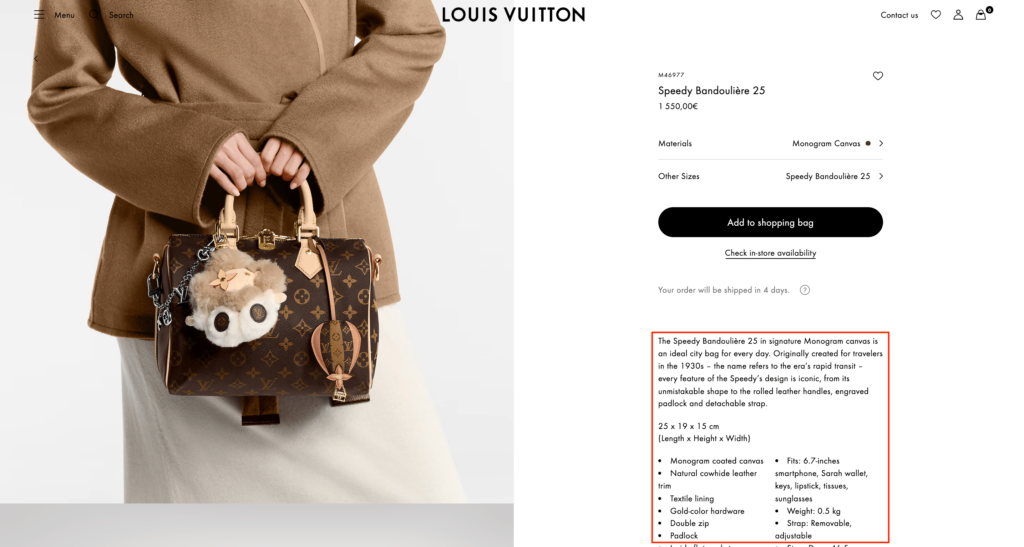
A Louis Vuitton handbag is priced higher because of the brand’s luxury perception.
Tip: Highlight your brand’s unique selling points in your messaging.
- Marketing: Marketing communicates tangible value through offers, discounts, and product features.
- Example:
A marketing ad stating, “Save $50 on your first order!”
Tip: Balance perceived and tangible value in your campaigns for maximum impact.
Branding vs. Marketing #21. Control vs. Influence
- Branding: Branding is fully controlled by the business. It defines how you want the world to see your company and ensures consistency across every customer touchpoint.
- Example:
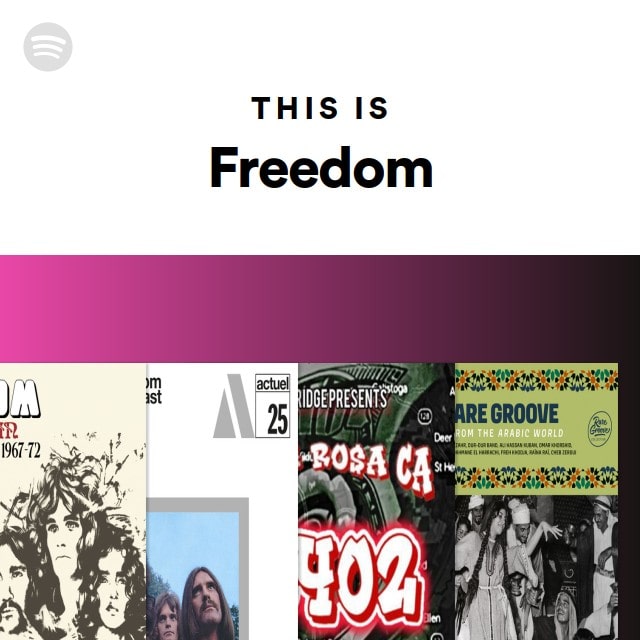
Spotify’s branding centers on freedom and personalization, reflected in its playlists and user experience.
Tip: Invest time in developing a comprehensive brand guideline. Include your vision, tone, logo usage, and image style to keep your branding cohesive.
- Marketing: While your business drives marketing, it is influenced by external factors like customer behavior, market trends, and competitor strategies.
- Example:

A social media campaign may shift mid-launch based on audience reactions.
Tip: Use real-time analytics tools, such as those offered by Wishpond, to adjust your marketing strategies on the fly.
Branding vs. Marketing #22. Relationship: Company-Customer vs. Product-Customer
- Branding: Branding creates a long-term relationship between the company and its customers. It builds trust and establishes your company as a preferred choice.
- Example:
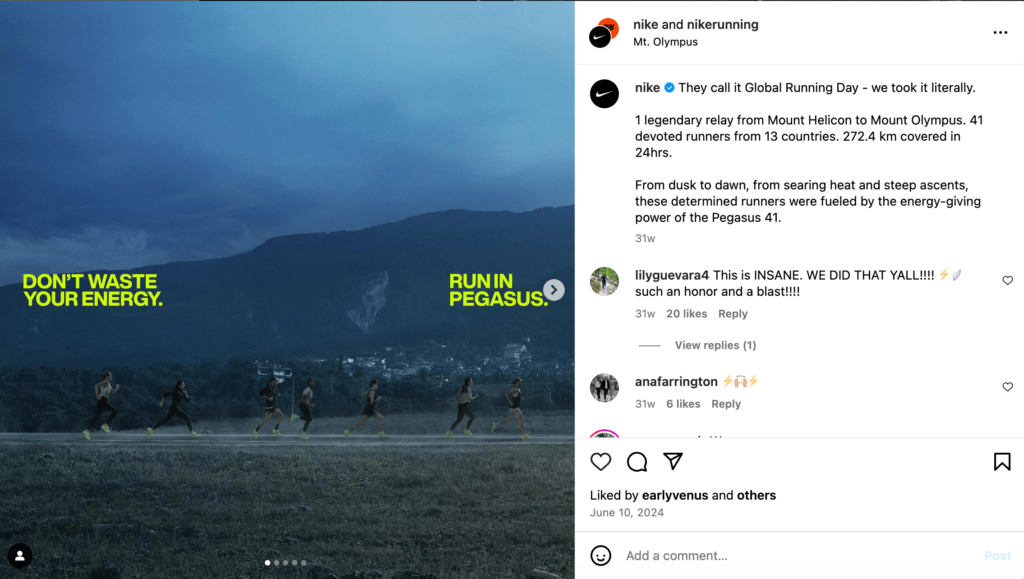
Nike’s branding inspires a relationship built on empowerment and motivation, not just the sale of shoes.
Tip: Foster engagement by sharing customer stories or testimonials that align with your brand’s mission.
- Marketing: Marketing focuses on the relationship between the customer and a specific product or service.
- Example:
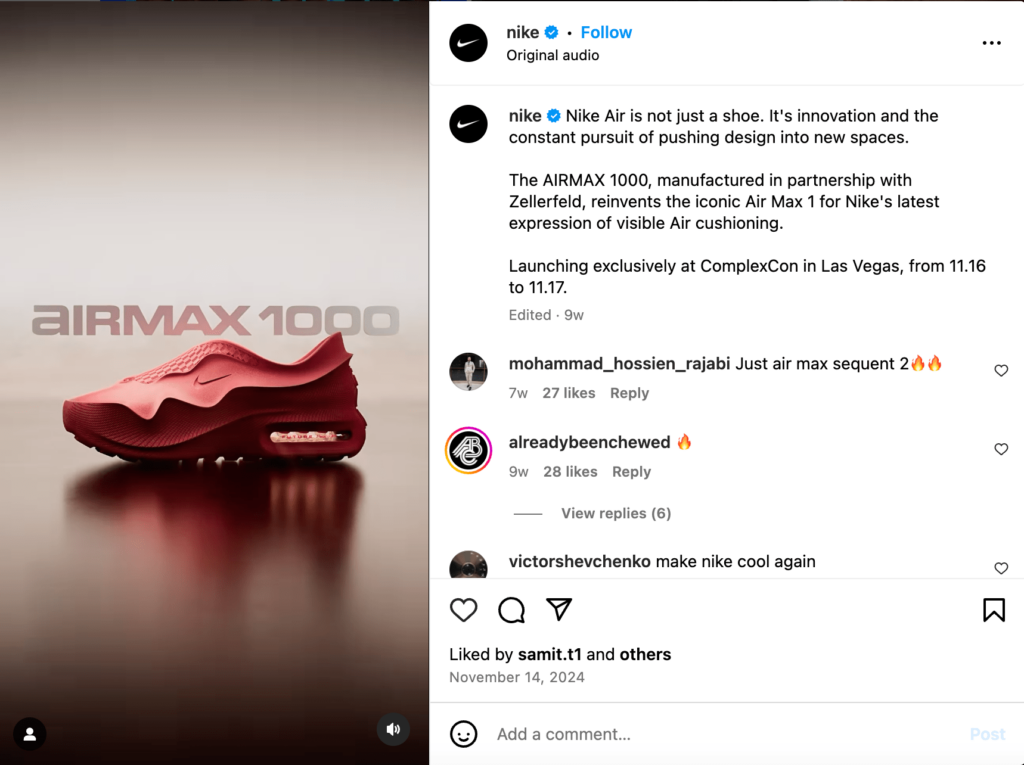
A promotional campaign for Nike’s Air Max shoes highlights the product features and benefits.
Tip: Highlight how your product solves a specific problem for your audience. Wishpond’s tools can help create targeted campaigns to drive this connection.
Branding vs. Marketing #23. End Goal: Identity vs. Revenue
- Branding: The ultimate goal is to create a strong, recognizable identity that resonates with customers and keeps them coming back.
- Example:

Coca-Cola’s brand identity is so strong that its logo alone invokes a feeling of nostalgia and happiness.
Tip: Regularly audit your branding to align with customer perceptions and market conditions.
- Marketing: Marketing’s primary goal is to drive revenue through campaigns to generate leads and sales.
- Example:
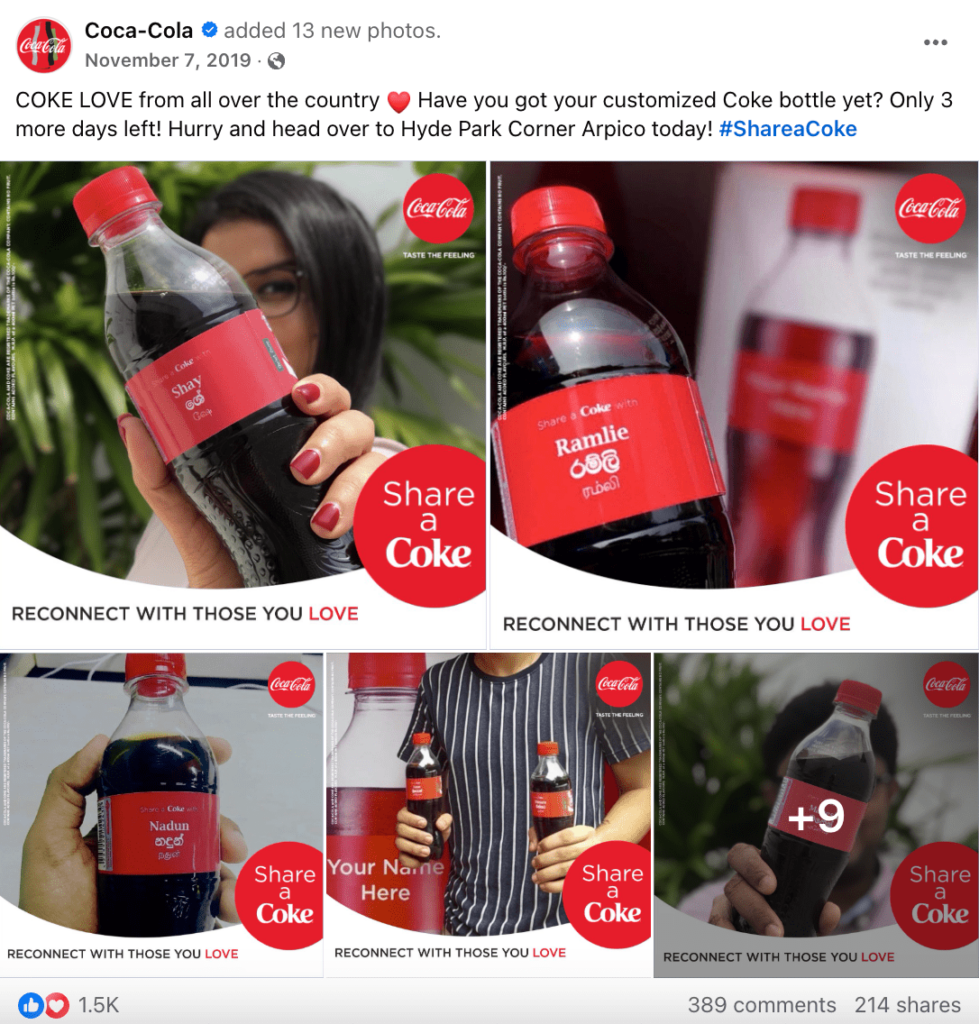
A holiday-themed Coca-Cola ad encouraging customers to “share a Coke” increases sales during the festive season.
Tip: Pair marketing campaigns with performance-tracking tools to ensure you’re meeting revenue goals.
Branding vs. Marketing #24. Emotional vs. Functional
- Branding: Branding appeals to emotions by creating a meaningful connection with customers.
- Example:

Dove’s branding focuses on natural beauty and self-confidence, fostering emotional loyalty.
Tip: Identify the emotions you want your brand to evoke and integrate them into your storytelling, design, and messaging.
- Marketing: Marketing appeals to functionality, emphasizing a product’s features and benefits to solve a customer’s problem.
- Example:
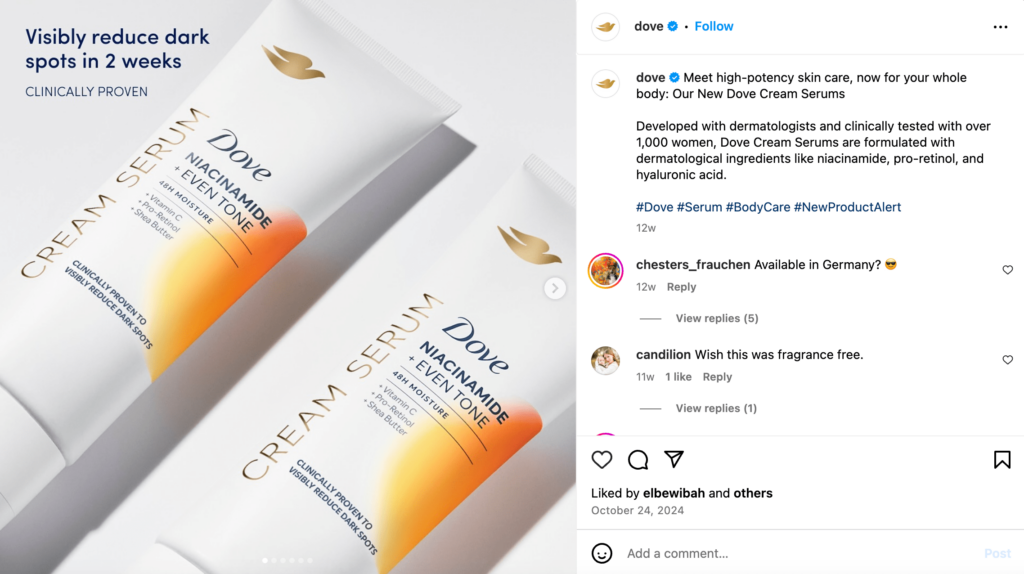
Dove’s marketing campaigns highlight the moisturizing benefits of its products.
Tip: Focus on delivering clear and concise benefits in your marketing materials, supported by visuals that align with your brand.
Branding vs. Marketing #25. Creation Process: Internal vs. Collaborative
- Branding: Branding is created internally, driven by your leadership team, brand consultants, and key stakeholders who define your identity.
- Example:
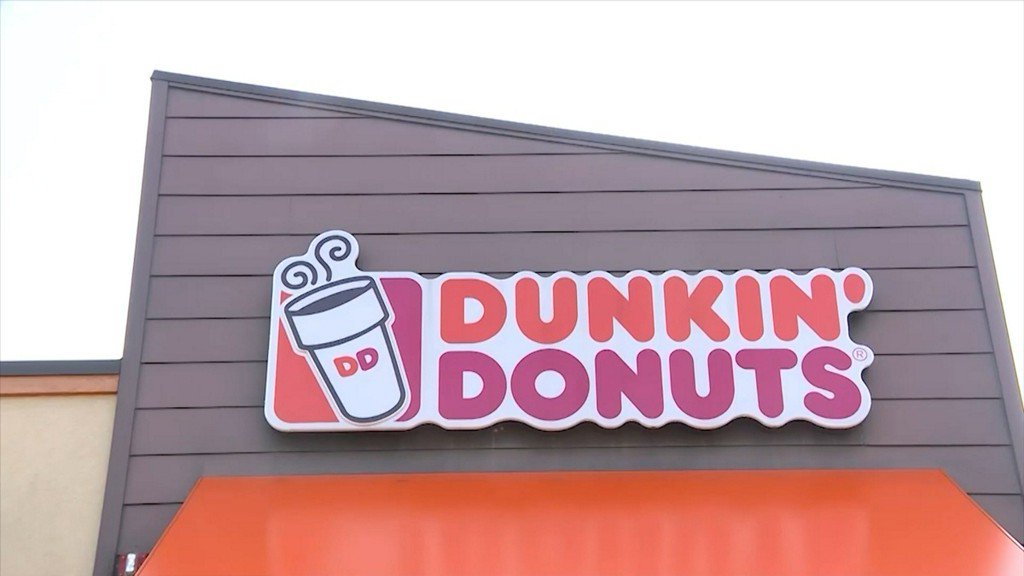
A rebranding project like Dunkin’ dropping “Donuts” from its name reflects internal strategic decisions.
Tip: Involve employees across all departments during branding to ensure a holistic understanding and consistent representation.
- Marketing: Marketing is often a collaborative effort between your internal team, marketing agencies, and external platforms.
- Example:
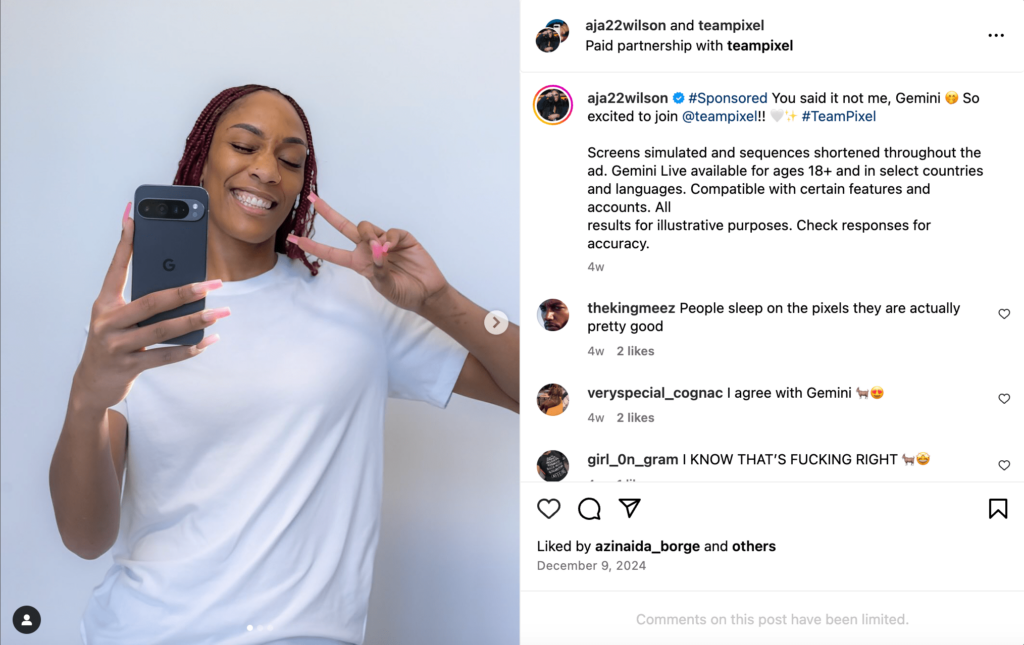
A partnership with influencers to market a product relies on external collaboration.
Tip: Build partnerships with tools like Wishpond to manage campaigns seamlessly and ensure alignment with your brand.
More Tips for Integrating Branding and Marketing
- Establish a Clear Brand First:
A strong brand identity ensures all marketing campaigns resonate with your target audience. For instance, if your brand emphasizes sustainability, ensure all marketing campaigns highlight eco-friendly products or practices. - Leverage Tools for Efficiency:
Tools like Wishpond simplify marketing workflows, from building landing pages to automating email sequences, while ensuring they align with your brand. - Measure Both Separately:
Track brand perception through qualitative methods, such as customer feedback. Monitor marketing ROI through quantitative metrics, such as click-through rates and sales. - Prioritize Consistency:
Ensure your tone, visuals, and messaging stay consistent across all platforms to avoid confusing your audience. - Build Campaigns Around Your Brand Story:
Use marketing to showcase your brand story. If your brand supports a social cause, create campaigns highlighting your contributions.
Conclusion: Align Your Branding and Marketing for Success
Understanding the distinction between branding and marketing is the cornerstone of a successful business strategy. Branding establishes your identity, values, and emotional connection with your audience, while marketing amplifies that identity to attract and retain customers. Together, they form a dynamic duo that drives short-term wins and long-term loyalty.
Leverage tools like Wishpond to seamlessly integrate branding and marketing efforts. From building high-converting campaigns to creating a cohesive brand presence, Wishpond provides everything you need to achieve your goals. Whether you’re a marketing executive or a business owner, explore Wishpond’s solutions to streamline your strategies.
For more insights, check out these related articles:
- Brand Identity: The Key to Standing Out in the Market
- Social Media Branding: Building a Strong Presence Online
- Developing an Effective Marketing Strategy: A Practical Guide
Want to see Wishpond in action? Book a VIP demo today and discover how to boost your branding and marketing efforts quickly.
Combining a well-defined brand with strategic marketing lets you capture attention and build lasting relationships with your audience, ensuring your business thrives in the competitive marketplace.
FAQs
1. What is the primary difference between branding and marketing?
Branding defines your business’s identity and emotional connection with customers, while marketing promotes your products or services to achieve specific goals.
2. Can branding succeed without marketing?
Branding creates a strong foundation, but your message won’t reach your audience without marketing. Both are essential for growth.
3. How can Wishpond help with marketing?
Wishpond offers tools to create landing pages email campaigns, and track performance, making executing effective marketing strategies aligned with your branding easy.
4. Why is consistency important in branding and marketing?
Consistency ensures that your brand is recognizable and trustworthy. It also reinforces your messaging, making your marketing efforts more effective.
5. How do I measure branding success?
You can measure branding success through metrics like customer loyalty, brand recall, and overall customer sentiment.
